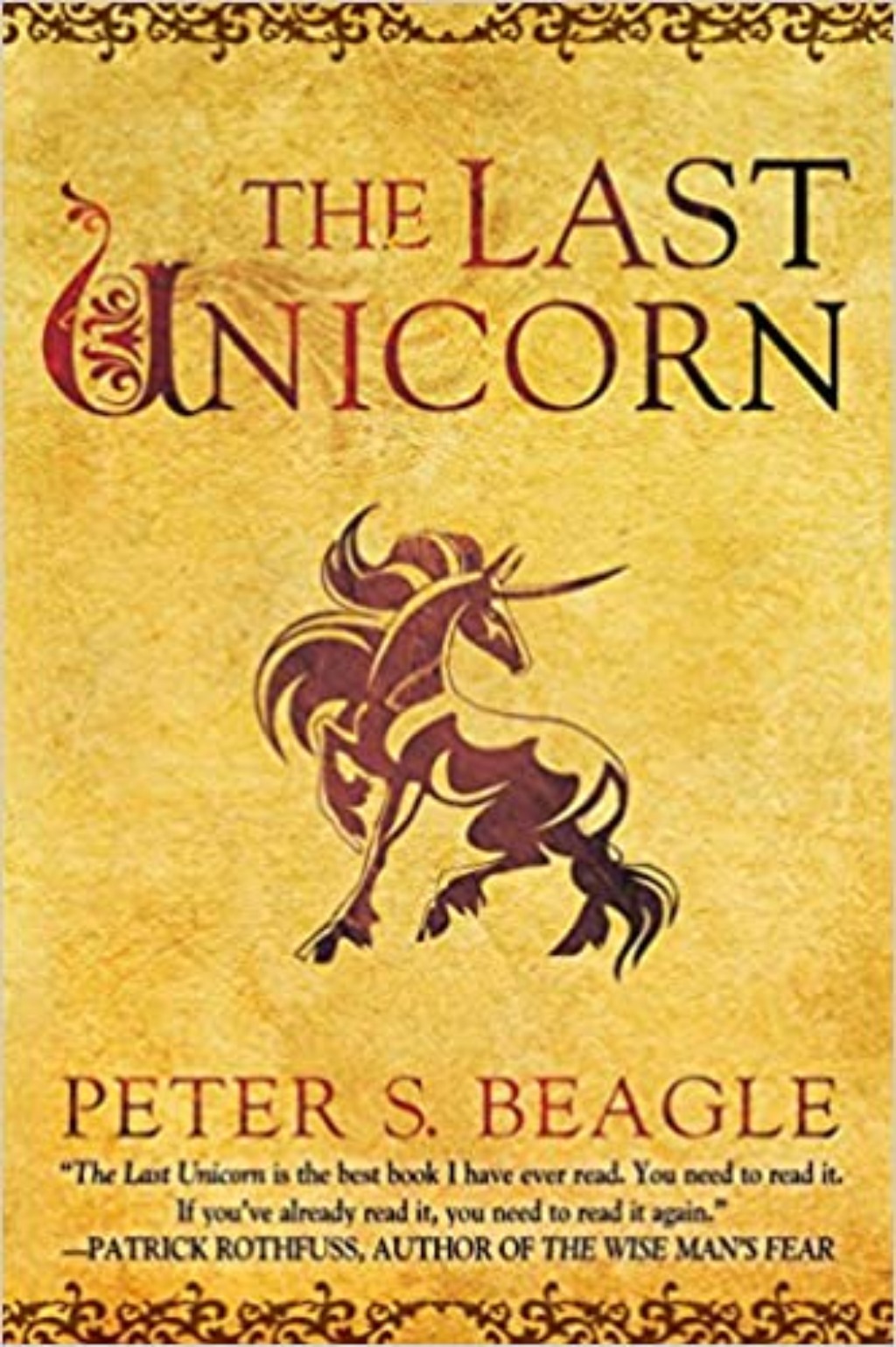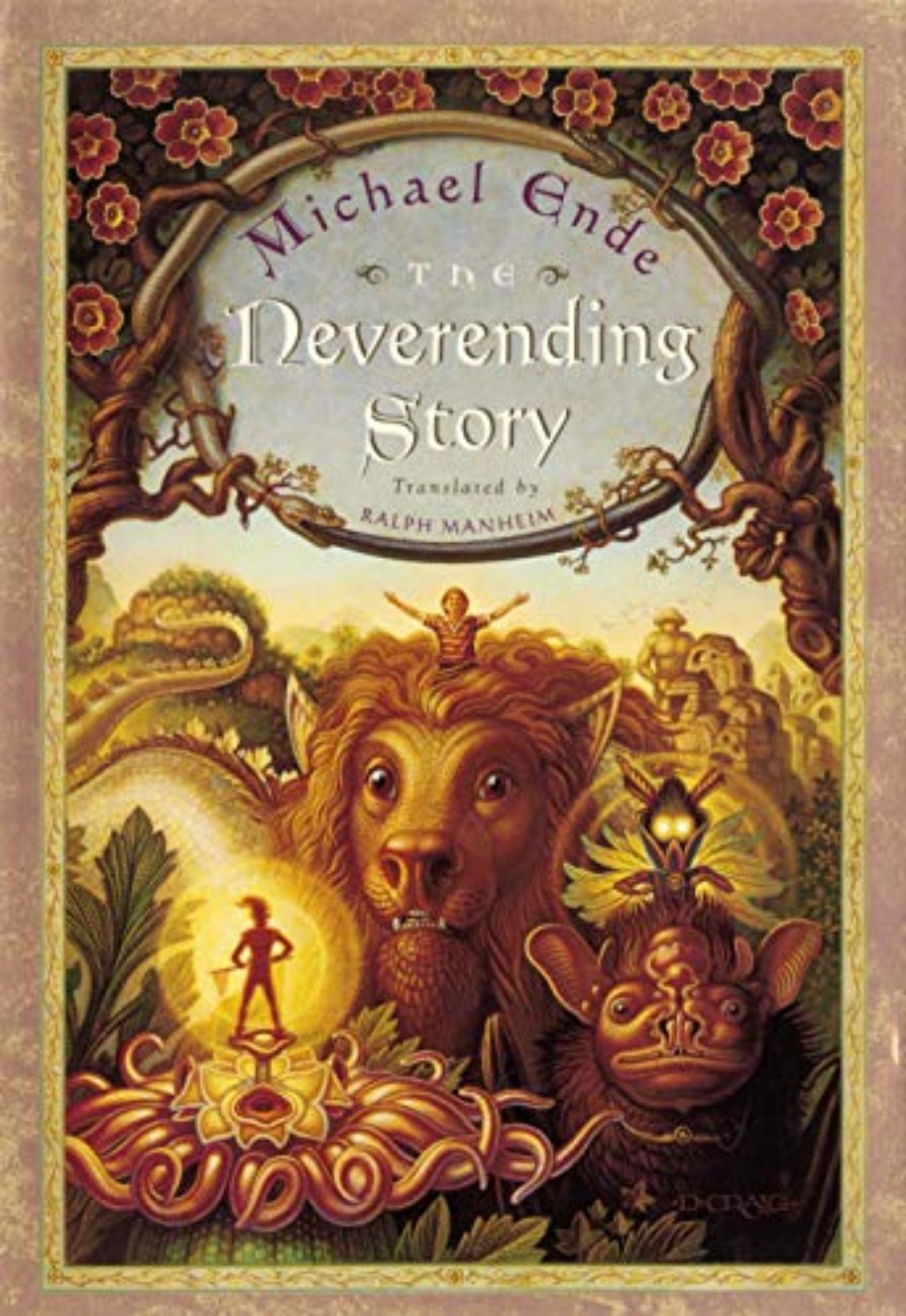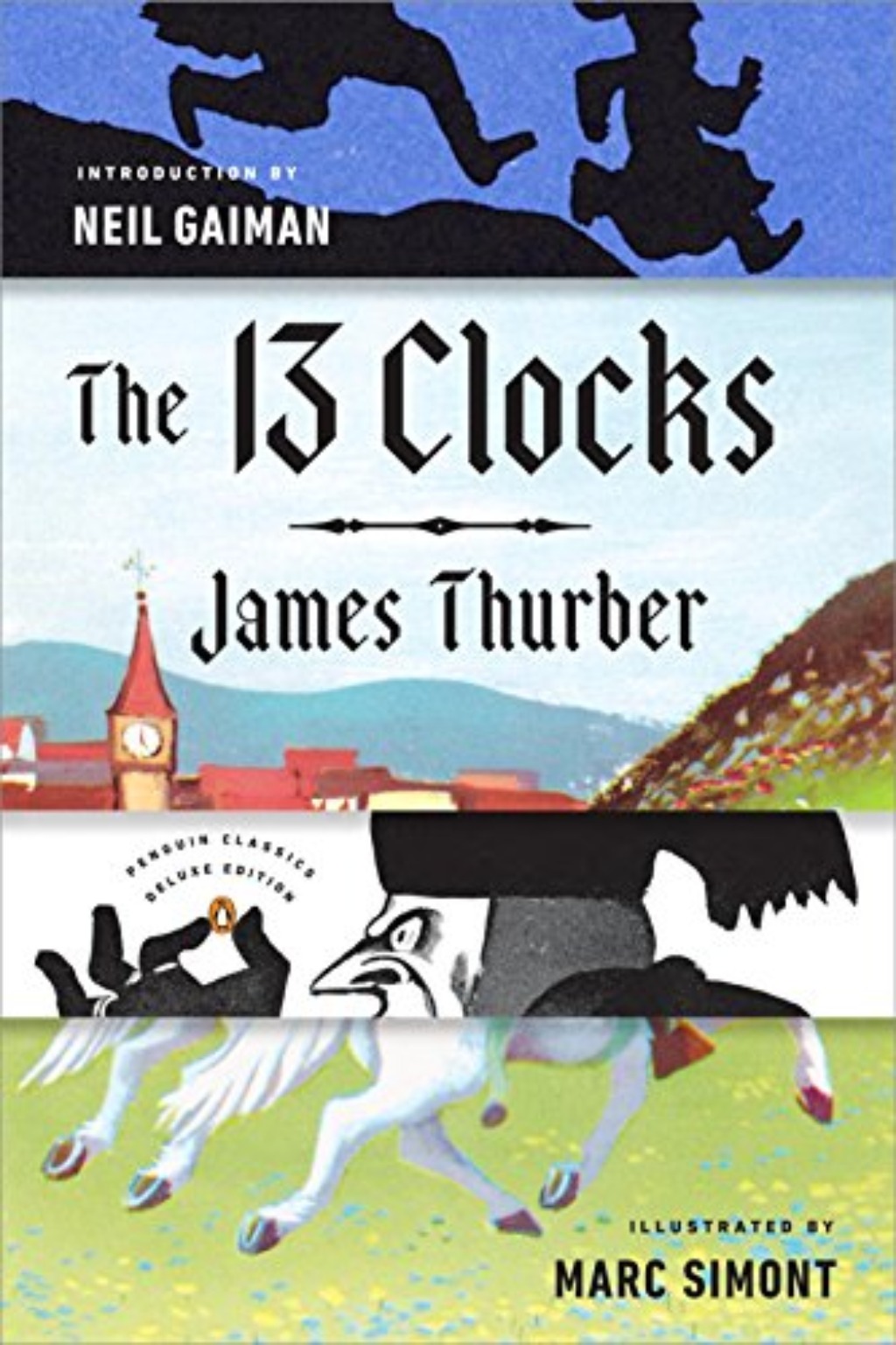
When we think of fairy tales, the old classics usually come to mind: Snow White, Sleeping Beauty, etc. Basically a bunch of narcoleptic young women in need of true love’s first kiss. Another thing all these classic tales have in common is that they are old. “Snow White” aka “Keeper of the Dwarfs” was first published in 1812, while the earliest version of “Sleeping Beauty” is in the narrative Perceforest which was composed between 1330 and 1344. The first Cinderella story dates all the way back to ancient Greece.
I personally adore fairy tales. I wrote a 40-page paper for my high school Creative Writing class about the differences between Disney fairy tales and their original versions, then wrote an article for Cracked.com about that same subject many years later. And in all my research, the question really got to me—what about newer fairy tales? Why is it necessary that a story be hundreds of years old to be deemed a fairy tale?
Fortunately, the are modern fairy tales out there by authors who were born in the last century. They do come few and far between—fairy tales endure for a reason after all. But if you are a fellow lover of fairy tales, here are 5 fantastic fairy tales written by modern masters.

The Last Unicorn by Peter S. Beagle
A unicorn lives all alone in her lilac wood and ventures out to search for others of her kind. Along the way, she is joined by the bumbling magician Schmendrick and the spirited Molly Grue. She learns about joy, love, and sorrow before she must ultimately face the beast driving unicorns toward extinction.
I already spent an entire blog post discussing why this book is so great and why a #1 New York Times bestselling author like Patrick Rothfuss would refer to it as the “best book” he has ever read. So why bring it up again? Partly because The Last Unicorn is just that good and deserves to be mentioned as much as possible.
But also because this book is absolutely a modern fairy tale. It takes place in a world where of course unicorns and harpies exist—these are facts of life that are never called into question. There are also magicians under mystical curses and knights who become heroes all to win a mysterious woman’s love. More than anything, this book is a fairy tale because it contains archetypical elements like an inept magician working to become a true sorcerer or a unicorn on a quest. At its core, it’s a story of good versus evil, just like any great fairy tale.

Stardust by Neil Gaiman
When Tristran Thorne and Victoria Forrester watch a star fall beyond the wall for which their village was named, Tristran pledges that he will go and fetch the star for Victoria in order to prove his love to her. So he ventures out of Wall and into the magical realm of Faerie where he finds not a lump of molten rock, but a grumpy girl named Yvaine with a broken leg. From there they embark on a fantastical journey as Tristran tries his best to keep his promise.
Like Peter S. Beagle, this is not the first time I’ve brought up Neil Gaiman on this blog. I’ve mentioned several of his books before, including the illustrated version of this one. He’s one of my favorite authors (possibly my favorite author, period, if I gun-to-my-head had to have one), so it’s natural that his books would come up fairly often in lists of books that I’ve made.
But even if I weren’t partial to Mr. Gaiman’s books, I doubt I could find a story with a more fairy-tale-like premise than “a falling star turns out to be a beautiful woman”. Faerie is a realm where the stuff of fairy tales like evil witches and flying pirates are commonplace. Tristran Thorne is also the perfect fairy tale hero on a quest to win a woman’s heart.

The Neverending Story by Michael Ende
When book-loving Bastian runs into a bookstore to flee a pack of bullies, he comes across a book called The Neverending Story. Intrigued, he snatches the book and ditches class to read in his school’s deserted attic. From there he falls deep into the story of Fantastica, a realm where the “Nothing” is taking over at the same time that the realm’s Childlike Empress falls ill with a mysterious illness. Bastian follows the journey of Atreyu, the boy tasked with saving the realm. Before long it becomes clear that Bastian isn’t just reading the story—he’s become a character who must do his part to save Fantastica and the Childlike Empress.
I knew this story first as a movie and as a book second. I grew up watching the many trials Atreyu faces in his quest, including a fearsome wolf that to this day still gives me the creeps. This is another story that always had a fairy-tale feel to me. Like the land of Faerie in Stardust, Fantastica (Fantasia in the film) is a magical realm full of fantastical creatures like luck dragons and enormous talking turtles.
Like the other novels on this list, The Neverending Story deals in archetypes. Atreyu and Bastian are both children, making them perfect underdogs when it comes to saving the day. This story’s damsel in distress comes in the form of the Childlike Empress—another child with the weight of the world on her shoulders.

The Ocean at the End of the Lane by Neil Gaiman
When an unnamed narrator returns to his childhood hometown for a funeral, he finds himself drawn to the farmhouse at the end of the lane where he remembers that his childhood friend, Ginny Hempstock, once lived. From there, he goes on a dark, winding trip down memory lane full of magic, whimsy, and monsters.
I know this is a short list to give Neil Gaiman two spots, but I couldn’t neglect to include The Ocean at the End of the Lane on a list of modern fairy tales—especially since I just finished rereading this one. This is a story that while it has the archetypical feel of a fairy tale, it was clearly written with adults in mind rather than children (though I think children could enjoy the story—I know I would have).
This slim novel packs a great deal into its 178 pages. It reminds you of what it’s like to be a kid—to make fast friends with a girl four years your senior and accept it without question when she and her mother and grandmother all turn out to be some sort of witches. Like many other great fairy tales, it takes place in a world that runs on magic and whimsical daydreams.

The 13 Clocks by James Thurber
A wicked Duke lives with his niece, the lovely Princess Saralinda, in a gloomy castle where the hands of all thirteen clocks stand still. The Duke thinks he has frozen time and is afraid that one day a Prince will come and win the hand of the Princess—the only warm hand in the castle. To avoid that fate, he sets up impossible trials for her suitors. But then Prince Zorn of Zornia arrives disguised as a wandering minstrel. With the help of the enigmatic Golux, Prince Zorn may be a match for the cold Duke.
This book wasn’t written by Neil Gaiman, but he did write an introduction for the Penguin Classics Deluxe Edition in which he calls The 13 Clocks “probably the best book in the world”. Like Patrick Rothfuss does with The Last Unicorn, Neil Gaiman gave this book the highest praise you could possibly give. And it deserves it.
Perhaps more than any other book on this list, The 13 Clocks feels like it would have fit right in with the works of the Brothers Grimm and Hans Christian Andersen. There’s a trapped princess, a brave prince, and a cruel duke. The tale is written in lyrical language that begs to be read aloud. This is one you could read to children of any age and enjoy just as much as your little ones—a perfect fairy tale.

If you’re a writer who’s feeling inspired to take a stab at writing your own fairy tale, you’re in luck! Fictionate.Me is having a short fiction contest with a prompt tailor-made just for you. All you need to do is craft a fairy tale retelling in a speculative fiction genre: sci-fi, fantasy, horror, paranormal, alternate history, etc. The submission period is March 7 through Friday, April 7, 2022. Submit here.